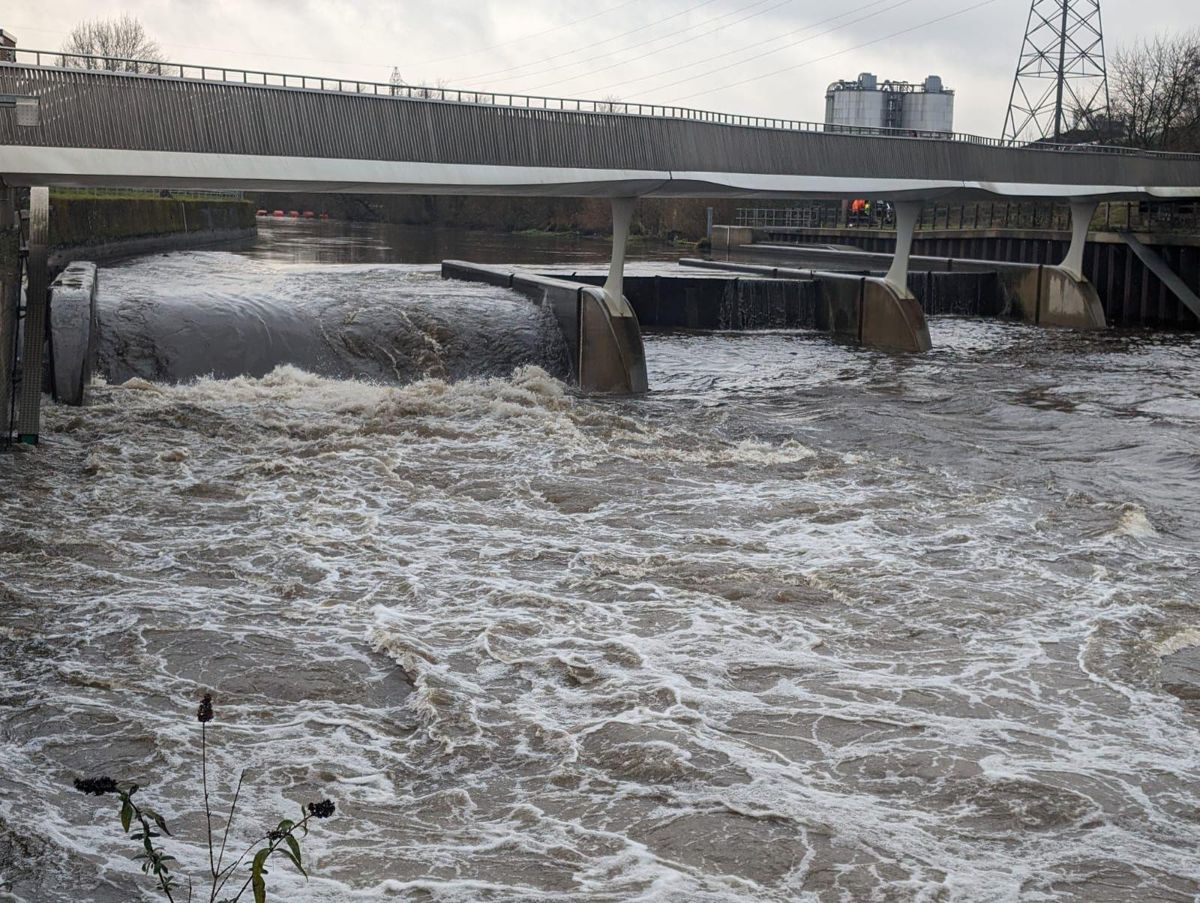Leeds City Council has implemented the Leeds Flood Alleviation Scheme (LFAS), featuring robust construction of flood defences, strategic partnerships with environmental agencies, community engagement, and environmental replenishment through tree planting. These proactive measures aim to protect vulnerable areas and exemplify strategic planning for urban climate resilience.
What measures has Leeds taken to combat flooding due to climate change?
Leeds City Council has implemented the Leeds Flood Alleviation Scheme (LFAS), featuring robust construction of flood defences, strategic partnerships with environmental agencies, community engagement, and environmental replenishment through tree planting. These proactive measures aim to protect vulnerable areas and exemplify strategic planning for urban climate resilience.
Proactive Measures Against Rising Waters
Leeds City Council has been actively implementing a series of robust flood alleviation schemes across the city, acknowledging the stark reality that climate change presents an ever-increasing threat to local communities. The council, in a bid to safeguard homes, businesses, and vital infrastructure, has made significant strides in constructing defences designed to withstand the challenges posed by severe weather events. Among the most notable developments is the Leeds Flood Alleviation Scheme, a testament to the city’s commitment to proactive environmental management.
In the wake of recent storms, officials have underscored the importance of community preparedness for potential flooding. The council’s initiatives reflect an understanding that resilience against climate-related disasters necessitates not only infrastructural upgrades but also an informed and equipped populace. These measures come in tandem with the broader recognition that the impact of human-induced climate change on weather patterns necessitates urgent and comprehensive action.
The importance of the Leeds Flood Alleviation Scheme (LFAS) cannot be overstated. Its role in protecting the Kirkstall corridor, which has repeatedly been a victim of flooding, including the devastating Boxing Day floods of 2015, is a key focus. This area, alongside other vulnerable points within the city, benefits greatly from the dedicated efforts of the council to mitigate flooding risks through meticulously engineered solutions.
Strategic Partnerships and Community Engagement
The success of such large-scale endeavours relies heavily on collaborative efforts between local government and environmental agencies, each bringing expertise and resources to the table. The synergy between Leeds City Council and the Environment Agency has been a driving force behind the diligent progression of the various phases of the Leeds Flood Alleviation Scheme. Their collective reflection on the five-year impact of LFAS Phase 1 highlights the significant progress made and the lives positively affected by these measures.
Community involvement also plays a pivotal role in the effective management of flood risks. The city has made it a priority to keep residents informed and involved through community events and updates, ensuring that the people most affected by potential flooding are not only aware of the risks but are also part of the conversation. This level of transparency and engagement is necessary for building a resilient city that can face the challenges of extreme weather with solidarity.
In addition to infrastructural adjustments, environmental replenishment efforts, such as the planting of 1,000 trees as part of LFAS Phase 2, showcase a multifaceted approach to flood prevention. These trees form part of a new flood storage area that will serve as a natural barrier, reducing runoff and erosion while also contributing positively to the city’s green landscape.
Continuous Development and Future Outlook
The financial commitment made by Leeds City Council, investing in preventative measures rather than solely focusing on reactive responses, sets a precedent for urban climate resilience strategies. The allocation of funds toward the LFAS and associated schemes illustrates the weight given to environmental concerns in the city’s budgetary decisions.
The council’s approach to the 2023 storm season exemplifies strategic planning and investment. It is evident in the seamless operation of flood defences during Storm Babet, where the infrastructure performed as designed, showcasing the technical prowess and foresight of the city’s preparations. The quick dissemination of updates on the storm’s impacts further highlights the responsive and responsible governance Leeds aims to practice.
As road closures and partial disruptions become necessary to facilitate ongoing flood alleviation works, the council’s encouragement for motorists to plan ahead indicates a keen awareness of the need to balance developmental works with minimal disruption to daily life. The anticipation of these closures and the communication strategy around them are indicative of the council’s commitment to transparency and public convenience.
In conclusion, Leeds City Council’s extensive and ongoing efforts to bolster the city’s flood defences are indicative of a forward-thinking stance on environmental challenges and climate change mitigation. The council’s initiative, collaboration with environmental agencies, and engagement with the community form the backbone of a strategy designed to ensure Leeds not only survives but thrives in the face of increasingly tumultuous weather patterns. The city’s trajectory toward enhanced flood resilience stands as a template for urban areas globally, emphasizing the critical nature of preparedness and adaptation in an age marked by environmental uncertainty.
- Leeds City Council has implemented the Leeds Flood Alleviation Scheme (LFAS) to protect vulnerable areas from flooding caused by climate change.
- The LFAS includes robust construction of flood defences, strategic partnerships with environmental agencies, community engagement, and environmental replenishment through tree planting.
- The council recognizes the importance of community preparedness for flooding and emphasizes the need for both infrastructural upgrades and an informed and equipped populace.
- Strategic partnerships with environmental agencies, such as the Environment Agency, have been crucial in the progress of the LFAS and its positive impact on the lives of residents.
- In addition to flood defences, environmental replenishment efforts, like tree planting, contribute to flood prevention and enhance the city’s green landscape.
